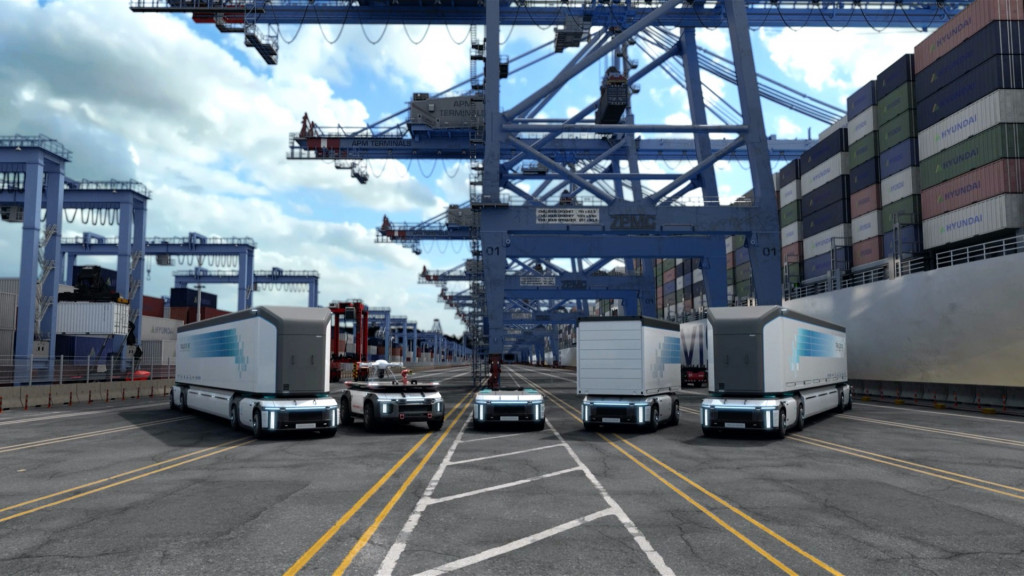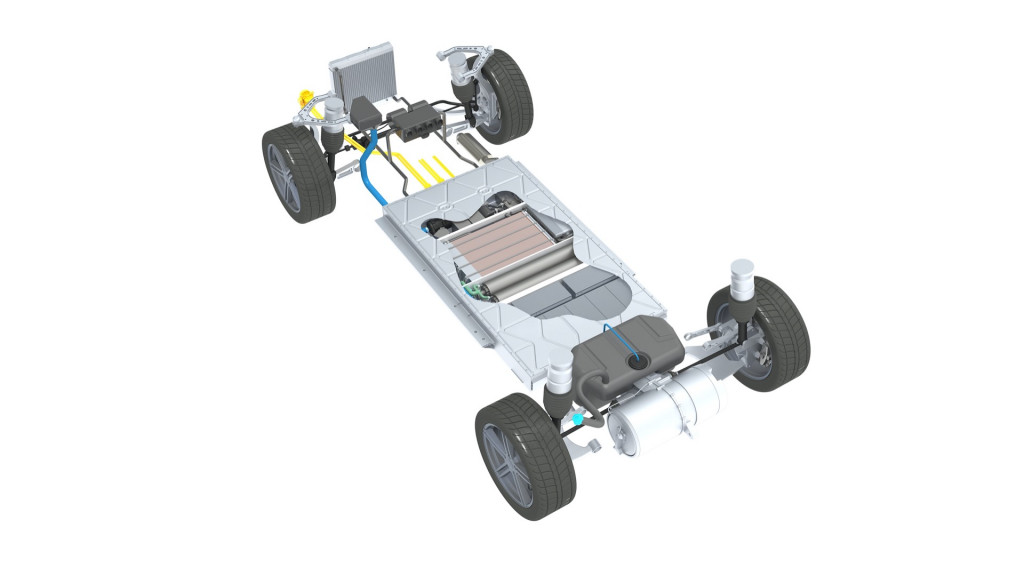Hydrogen firm SG H2 Energy plans to build a hydrogen production facility that, the companies claim, will significantly reduce greenhouse-gas emissions.
Located in Lancaster, California, the facility will use SG H2 Energy's gasification process, which the company claims reduces carbon-dioxide (CO2) emissions even more than electrolysis from renewable energy, which is generally considered to be the cleanest hydrogen-production method.
The company said a preliminary lifecycle analysis from Lawrence Berkeley National Laboratory shows its process displaces 30 tons of CO2 for every ton of hydrogen produced, which it claims is 13-19 tons more CO2 displaced than electrolytic hydrogen. SG H2 also claims its hydrogen will be four to five times cheaper to produce.

Hyundai Hydrogen Wave concepts
The facility will use waste paper as a feedstock, along with recycled water, according to an SG H2 Energy press release. Both will be provided by the City of Lancaster, which will also be co-owner of the facility. This arrangement will reduce landfill methane, and save the city $50 to $75 per ton, according to SG H2 Energy.
Located on a five-acre plot, the facility is scheduled to break ground in Q1 2022, and start production in Q3 2023, according to SG H2 Energy. At full capacity, it will produce 3.85 million kilograms of hydrogen annually, and process 42,000 tons of recycled waste, the company claims. Japanese industrial-gas company Iwatani will purchase the bulk of the hydrogen for use at its stations in California.
Not all hydrogen advocates are thinking as green. The bipartisan infrastructure bill includes provisions for so-called "hydrogen hubs" that could use coal as a potential source. That could prove shortsighted in multiple ways.

Karma Automotive tests Blue World Technologies fuel-cell system
An analysis from IHS Markit last year found that hydrogen from renewables could be cost-competitive by 2030. So any economic advantage from dirtier hydrogen could soon disappear.
And according to a report from the California Energy Commission, hydrogen could reach price parity with gasoline by 2025. Part of the issue includes not just creating the demand, but creating the infrastructure to distribute it. That's led some companies to consider solutions that bring the actual hydrogen production onboard—such as the Blue World system Karma said that it was testing.












